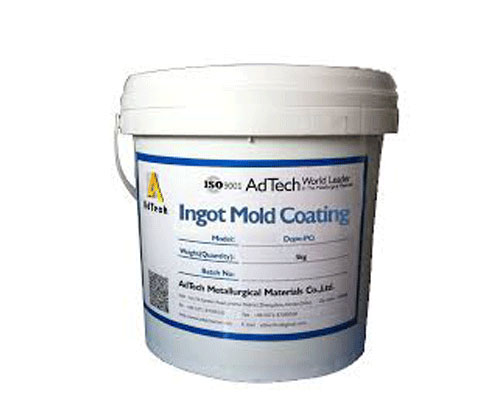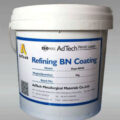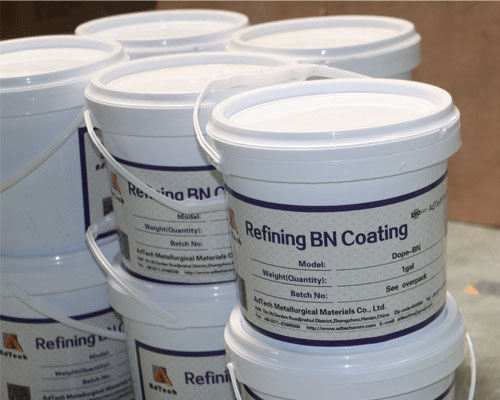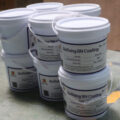Refractory coating is crucial to improving the quality of castings. Compared with sand casting, metal mold casting has better metallurgy properties and casting surface properties, small dimensional tolerances, high productivity, and a good economy in production. Therefore, it has been widely used in aluminum alloy casting production. However, due to the fast heat transfer rate of metal molds, there will be many problems such as different metal flow fields and different solidification methods in the casting.
Basic Function of Metal Casting Refractory coating
- Protect the metal mold
- Facilitate the demoulding of castings
- Improve the surface quality of castings
- Improve the forming of castings
- Control the heat transfer rate of the wall interface
To improve the quality of castings, it is necessary to effectively control the entire process of alloy melt solidification in the mold. Therefore, the most important function of the mold coating is to form a thermal insulation layer on the surface of the mold cavity, so as to control the heat transfer rate of the high-temperature melt to the mold.
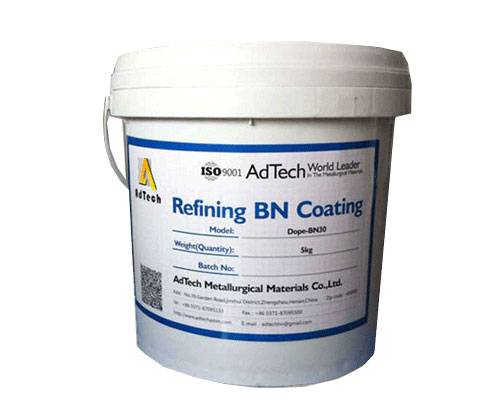
Factors Affecting the Thermal Insulation of Refractory Coating
The thermal insulation of the refractory coating mainly depends on three factors, namely: coating composition, coating thickness, and coating porosity.
Paint Composition
Mold coatings are mainly made up of water as a carrier, high temperature binder, and refractory materials. Coatings with different properties have different compositions. Thermal insulation coatings contain thermal insulation mineral mixed materials, such as talc, mica, diatomaceous earth, titanium dioxide, alumina and so on. Lubricating and thermally conductive coatings are usually based on colloidal or semi-colloidal graphite, used for demoulding and reducing thermal insulation of castings. Thermal insulation coating is a coating product between the first two coatings, with good mold release performance and thermal insulation performance.
Coating Thickness
The thickness of the coating has an optimal range, experience shows that it is generally around 150m~250m.
Coating Porosity
The thermal insulation of the coating depends not only on the thickness of the coating, but also on the porosity of the coating itself. The porosity of the coating is largely affected by the application method and conditions used, because the degree of formation of pores in the coating basically depends on the evaporation rate of the mold cavity surface contacting the carrier water. The most commonly used method of mold coating application is spraying, but sometimes it is applied by brushing, such as in the gating system and riser area.

